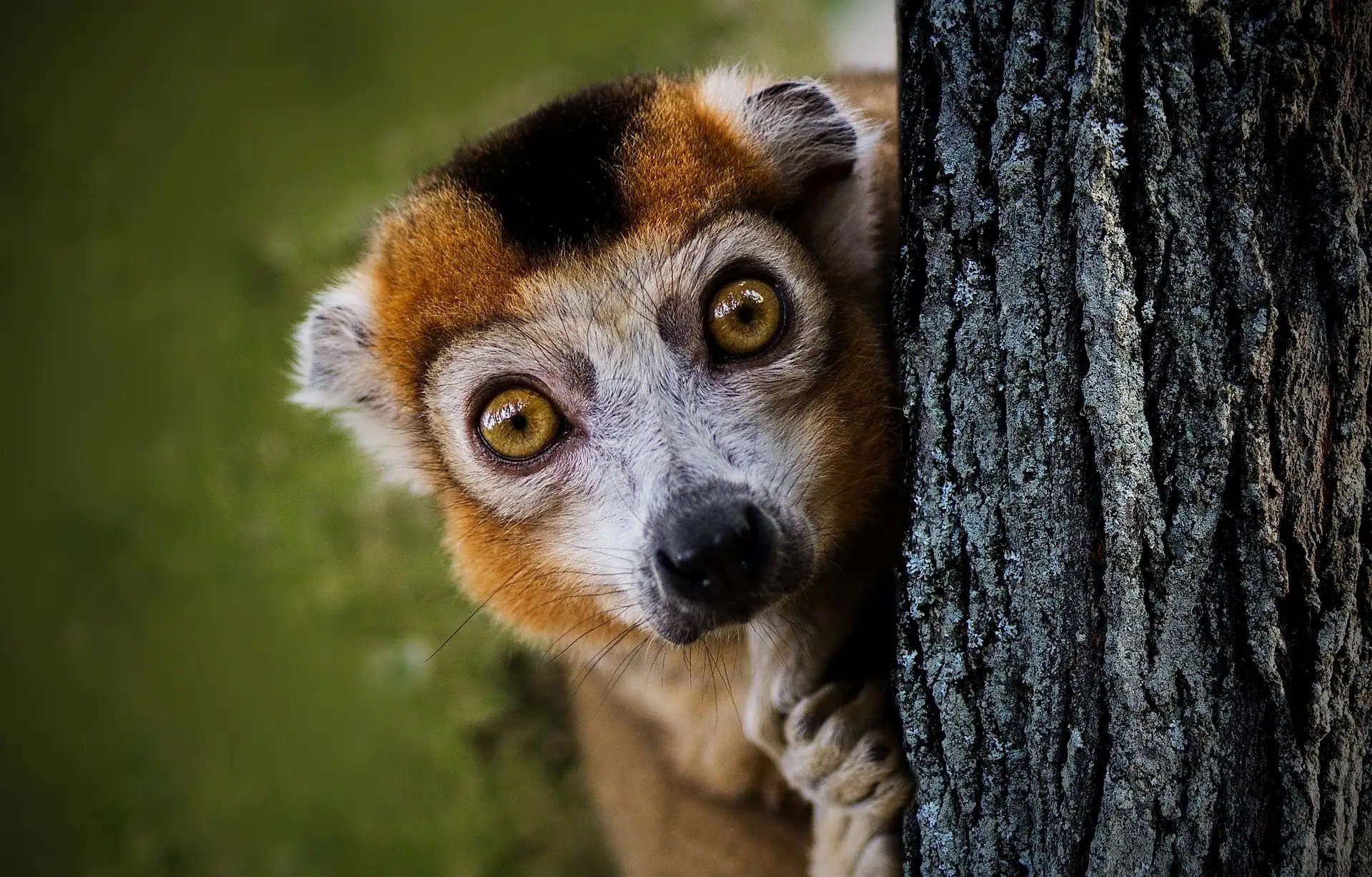Did You Know? The Surprising Ways Animals Communicate

The countless creatures inhabiting our planet have developed a dazzling array of methods to exchange information, express emotions, and ensure the survival of their species.
From silent whispers in the depths of the ocean to extravagant displays in the treetops, let's embark on a journey through the astonishing world of animal communication.
1. Bee Waggle Dance: The Language of Location
If bees were to launch a dance competition, they'd undoubtedly sweep the floor with their famous "waggle dance." This incredible display, discovered by Karl von Frisch, allows honeybees to convey vital information about the location of nectar-rich flowers to their fellow hive members.
When a bee returns to the hive after a successful foraging expedition, it performs a figure-eight dance, varying the duration, angle, and intensity of its movements. This intricate choreography informs the other bees about the distance, direction, and quality of the nectar source. It's a literal GPS system performed on a tiny, waxy dance floor!
2. Cuttlefish Camouflage: The Art of Disguise
Cuttlefish, known for their ability to blend seamlessly into their surroundings, are masters of visual communication. The chromatophores, i.e. color-producing cells, in a cuttlefish's skin expand and contract to create mesmerizing displays, ranging from vibrant rainbows to hypnotic waves. Their captivating "language" is spoken through their skin, making them the illusionists of the sea.
3. Ants and Pheromones: Chemical Messaging
Ants are living proof that you don't need vocal cords to convey crucial information. These tiny but highly organized insects utilize chemical signals known as pheromones to communicate within their colonies. For instance, when a scout ant discovers a food source, it releases a pheromone trail for other ants to follow.
Incredibly, these chemical messages can also convey alarm, summon reinforcements, or even guide ants back to the nest. It's like a silent and efficient texting system for the ant world!
4. Prairie Dogs: The Rodents' Complex Vocabulary
Prairie dogs may look cute, but beneath their furry exteriors lies a complex language that rivals any human dialect. These animals are incredible communicators, capable of conveying detailed information about an approaching threat.
They can specify the predator's size, shape, color, and speed in their calls. Notably, they distinguish between a coyote and a human and can even signal if the human is armed. It's a sophisticated warning system that would put any security network to shame.
5. Dolphins: Whistle Conversations
Dolphins, those charismatic inhabitants of the deep blue, have an impressive way of engaging in conversations – they whistle! Each dolphin develops a unique signature whistle early in life, acting as their personal "name." They use these signature whistles to identify themselves and greet other dolphins.
Moreover, dolphins create intricate sequences of clicks, chirps, and whistles to communicate with one another about various activities, from hunting to socializing. It's a language as rich and diverse as our own, although underwater.
The animal kingdom's communication methods are as diverse and fascinating as the species themselves. From bees performing intricate dances to prairie dogs warning their colonies of impending danger, nature's communicators display a level of sophistication that continues to astound and inspire us. As we delve deeper into the study of animal communication, we uncover the brilliance of evolution and the secrets of their extraordinary languages.
.jpg)
